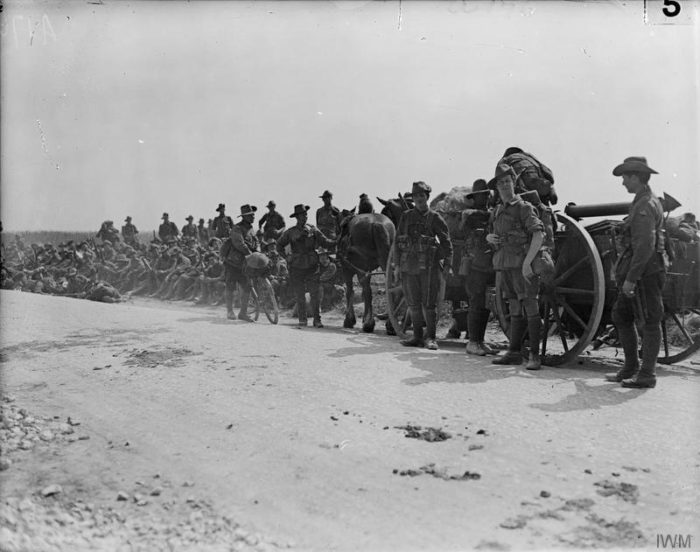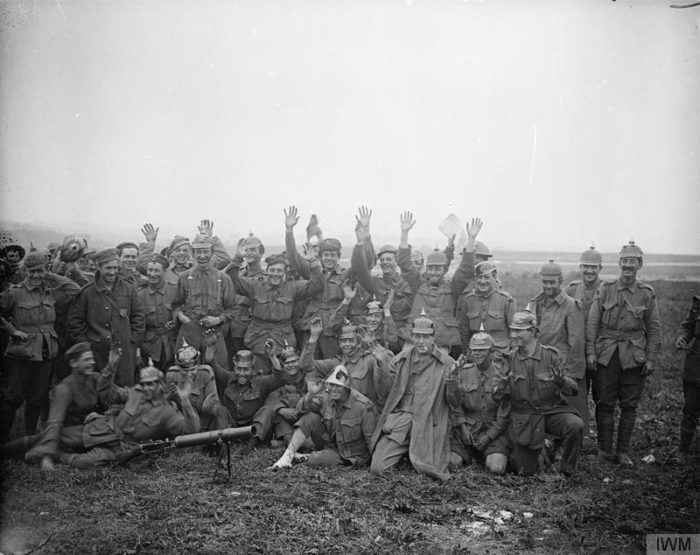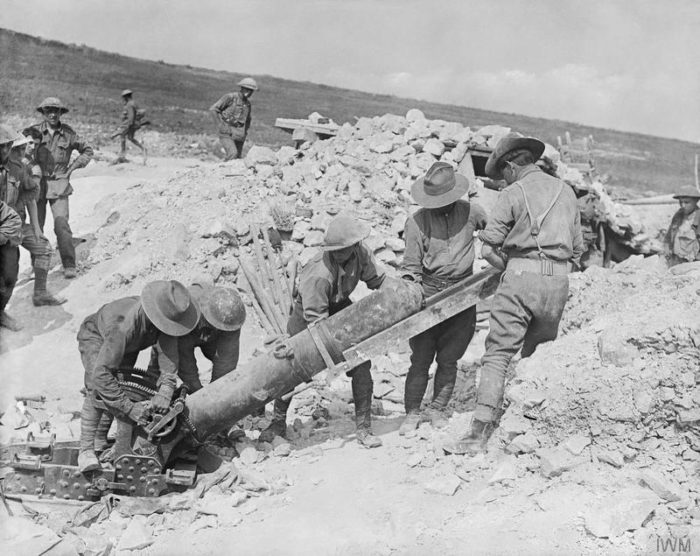22nd July 2016 London, UK
Australians on the Western Front

Mention Australia or New Zealand and the First World War together and the first association is Gallipoli. It is right that we remember the sacrifices made at Gallipoli, but the story of both forces in the First World War did not end there. The Australian Imperial Force (AIF) actually did the majority of its fighting in France and Belgium. July marks the hundredth anniversary of their first actions on the Western Front – beginning with the bloody assault at Fromelles on 19 July followed quickly by the Battle of Pozières, a key part of the 1916 Somme offensive, which began on 23 July.

Although British and Canadian forces also fought at Pozières, it had a special significance for Australia. As Charles Bean (an Australian WWI correspondent and historian) said, it was “more densely sown with Australian sacrifice than any other place on the planet”. In July 1916, like all the other participants in this war, Australian forces were learning the shockingly costly lessons of how to fight an industrialised war of massed armies. The casualty rate in those few weeks of July and August was the highest for Australian troops in the whole war.
If the AIF of 1916 lacked experience of the Western Front, they did not lack courage: five Victoria Crosses were awarded for actions during the Battle of Pozières. Strikingly, four of these actions were performed alone, without the immediate support of their mates.

John Leak was awarded his VC for immense bravery in single-handedly knocking out an enemy bombing post; Martin O’Meara, a stretcher bearer, went into No Man’s Land time and again to rescue wounded comrades, while Lieutenant Arthur Blackburn, a peacetime lawyer who had joined the AIF as a private, led his men from the front when capturing a large section of enemy trench.
For two, their VC would be awarded posthumously. Thomas Cooke, a Kiwi serving with the AIF, continued firing his Lewis Gun to cover his comrades until finally overrun by the enemy. Claud Castleton twice ventured into No Man’s land to carry out wounded men while under heavy machinegun and artillery fire. On his third attempt, he was killed.
You can read more about these five brave men and their stories – and those of 170 other overseas recipients of the Victoria Cross – at the FCO’s commemorative archive.